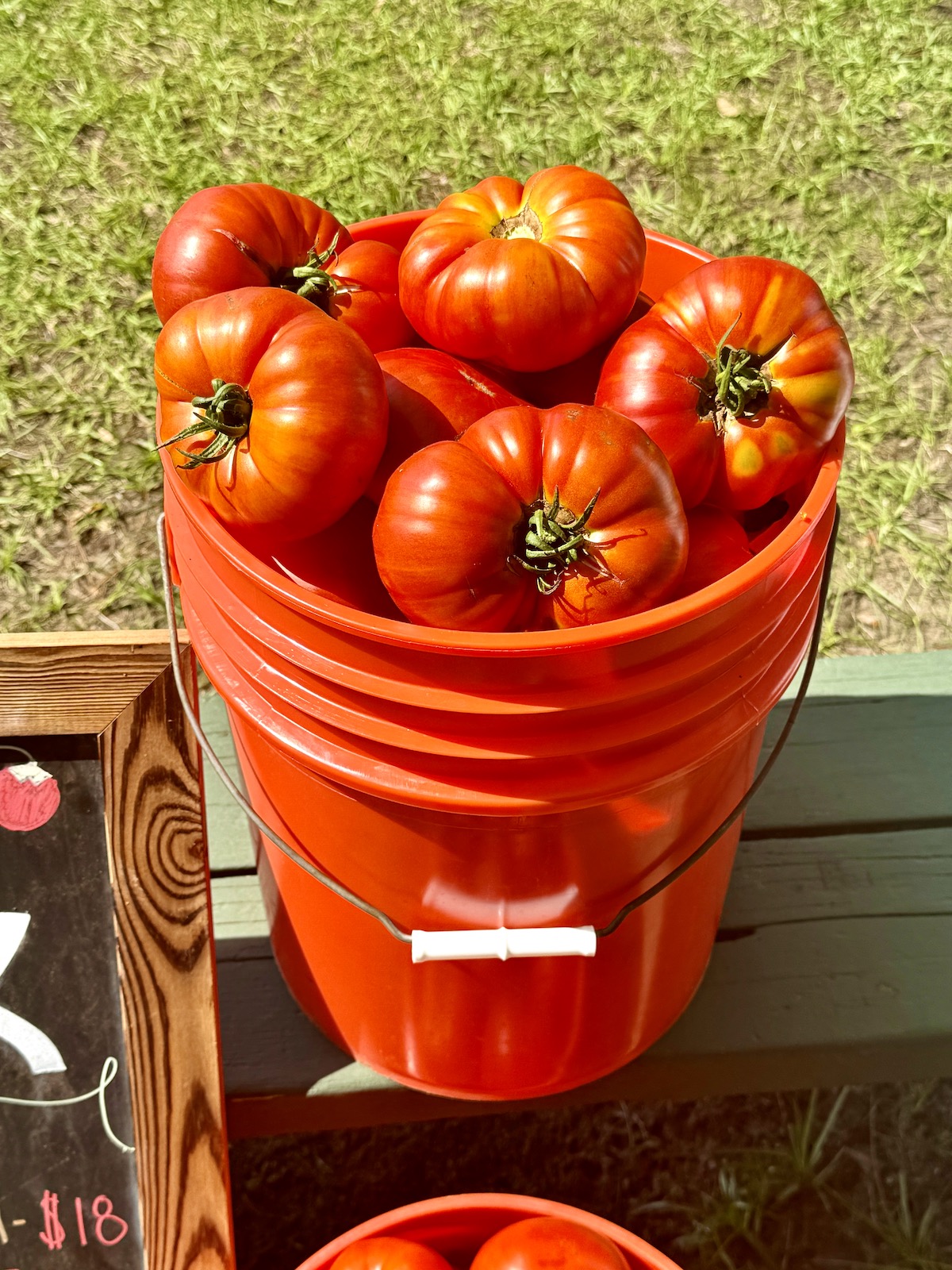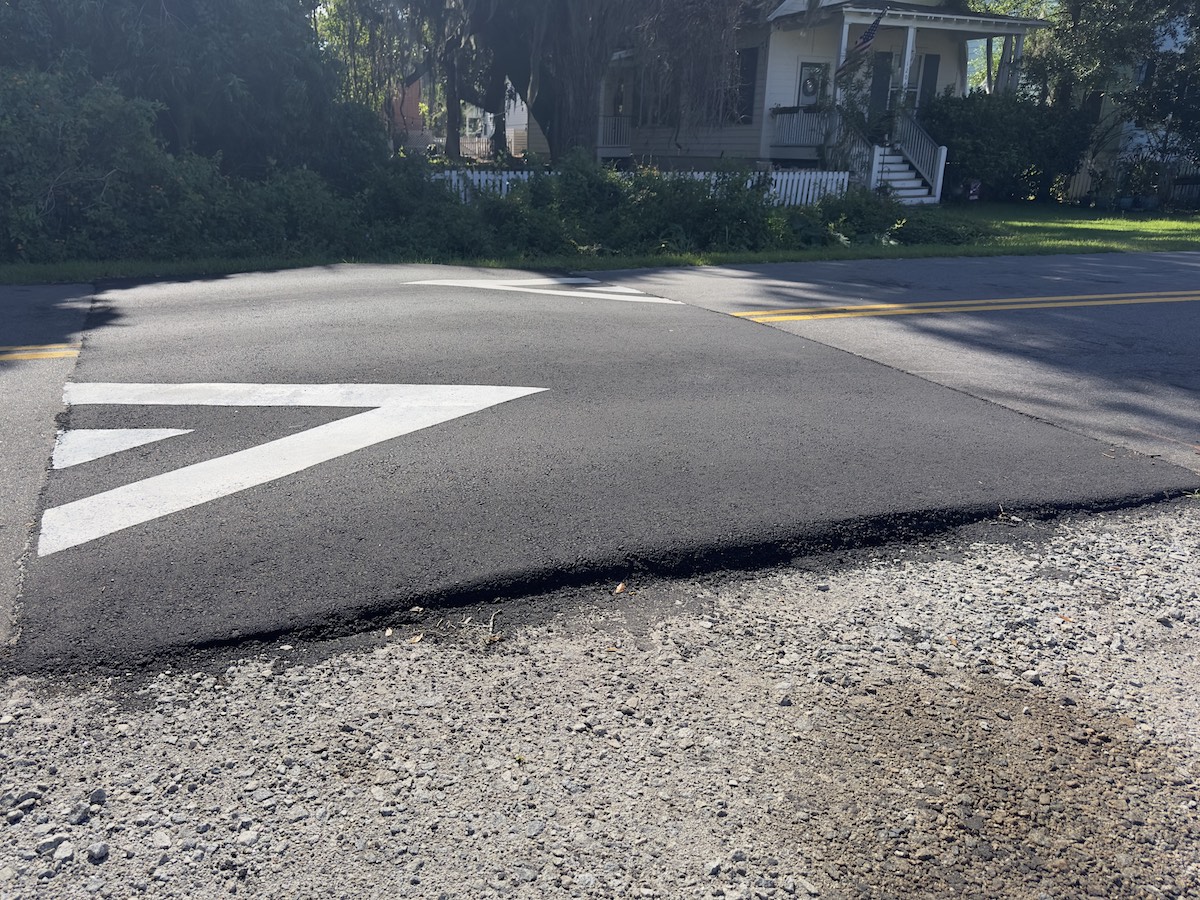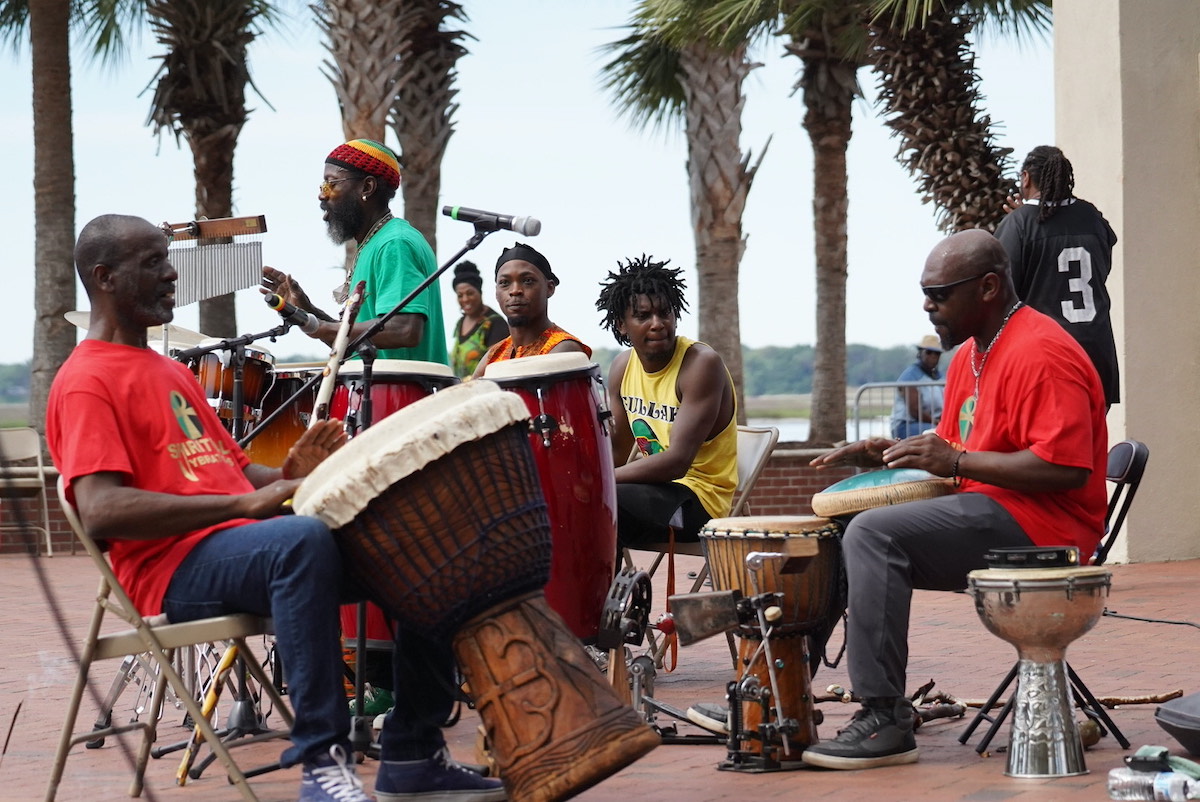By Will McCullough
I’ve always heard that, in their language, Eskimos have as many as 400 different words for “snow”. As it turns out, that’s actually a myth. My guess is that this myth arose from the fact that Eskimos likely have about 400 different expletives that normally precede the word “snow”. But either way, for someone moving here from outside the area, it initially seems as if Beaufortonians could give Eskimos a run for their money when it comes to labeling “waterfront” in its various local incarnations. For example, I’m originally from Cranberry, Pa. (please stop laughing) and the only special water terminology I grew up with was “crick” (definition: “creek”) and “lake” (definition: “most of the year, a large outdoor skating rink”).
There’s no question that having the opportunity to live near the water is one of the significant factors that leads people from all over the world to opt to call the Beaufort area home. But while terms like “deep water” and “tidal creek” are automatically understood by those born and bred in the Lowcountry, they often have little initial meaning for folks looking to relocate here. This seemingly insignificant fact should not be ignored by those looking to sell waterfront property in the area. But before I explain how local sellers may be able to enhance the marketing of their waterfront offerings, let me first explain some of our terminology to any of you non-locals.
Local Waterfront Property Definitions:
“Marsh Front”: Property that directly fronts a marsh. “No kidding,” you say? OK, but what’s a marsh? Locally, when we say “marsh” we’re talking about a salt marsh, and a salt marsh is characterized as being a low-lying wet area with halophyte vegetation (salt resistant grasses) regularly flooded by salt water via the ebb and flow of the tide. While often having some of the best views in the Lowcountry, marsh front properties normally do not offer the ability to launch a water vessel beyond the size of a paddle board, kayak, etc. Some lots may have a permit that will allow a small crabbing or shrimping dock.
“Deepwater Frontage”: Property that fronts a flowing salt water body where the water depth meets the minimum standard of not being less than three feet deep at low tide. Deepwater property can be found fronting our various creeks, rivers and sounds. The sales value of deepwater properties can vary greatly, often depending upon a given parcel’s low tide water depth, perceived quality of water views and ease of access to major local waterways.
“Tidal Creek Frontage”: Property that fronts a flowing salt water body where the water depth drops below three feet at some point in the 12 hour tidal cycle. Normally priced below otherwise comparable deepwater property, tidal creek properties often provide an affordable alternative to those looking to enjoy the local waterfront lifestyle on a budget. However, just like deepwater properties, tidal creek values vary greatly. The length of time the water body drops below three feet is one of the most significant factors to consider when determining value.
“Deepwater—Limited Access”: While the minimum depth of the water body directly fronting this type of property meets “deepwater” standards, the water depth between the subject property and the path out to the larger waterways is restricted by “tidal creek” features at some point in the normal tide cycle. This is often caused by a sandbar and, like all of the above properties, the value of individual “limited access” properties can vary greatly (depending upon the amount of time a given property is blocked, etc).
What this means for local Sellers:
Sellers should note that they are potentially marketing to someone with a different geographical frame of reference. Depending upon where a buyer is from, a marsh could be viewed as more of a “swamp” or a “bog”. A tidal creek (or “crick” if you happen to have been raised in Cranberry, Pa.) can make some individuals picture a small stream that could easily be jumped across. One way to help ensure that your future buyer understands what your waterfront property has to offer is to not just label it as “tidal creek”, etc. Consider also adding text that explains what your waterfront label may mean, from a lifestyle perspective, to a non-local. For example, “This beautiful tidal creek lot offers water frontage that the property owner states is navigable for their 19’ boat for approximately 10 hours out of each 12 hour tide cycle.”
Bottom line, sellers may well find it beneficial to focus very specific emphasis on exactly what their property’s waterfront label may mean to a buyer, hundreds of miles away, who will be viewing their property online. But, hey, at least our Lowcountry labels have meaning. “Deepwater,” for example, actually does mean “water that is deep”. That’s refreshing to me because, believe it or not, they don’t grow cranberries in Cranberry.





